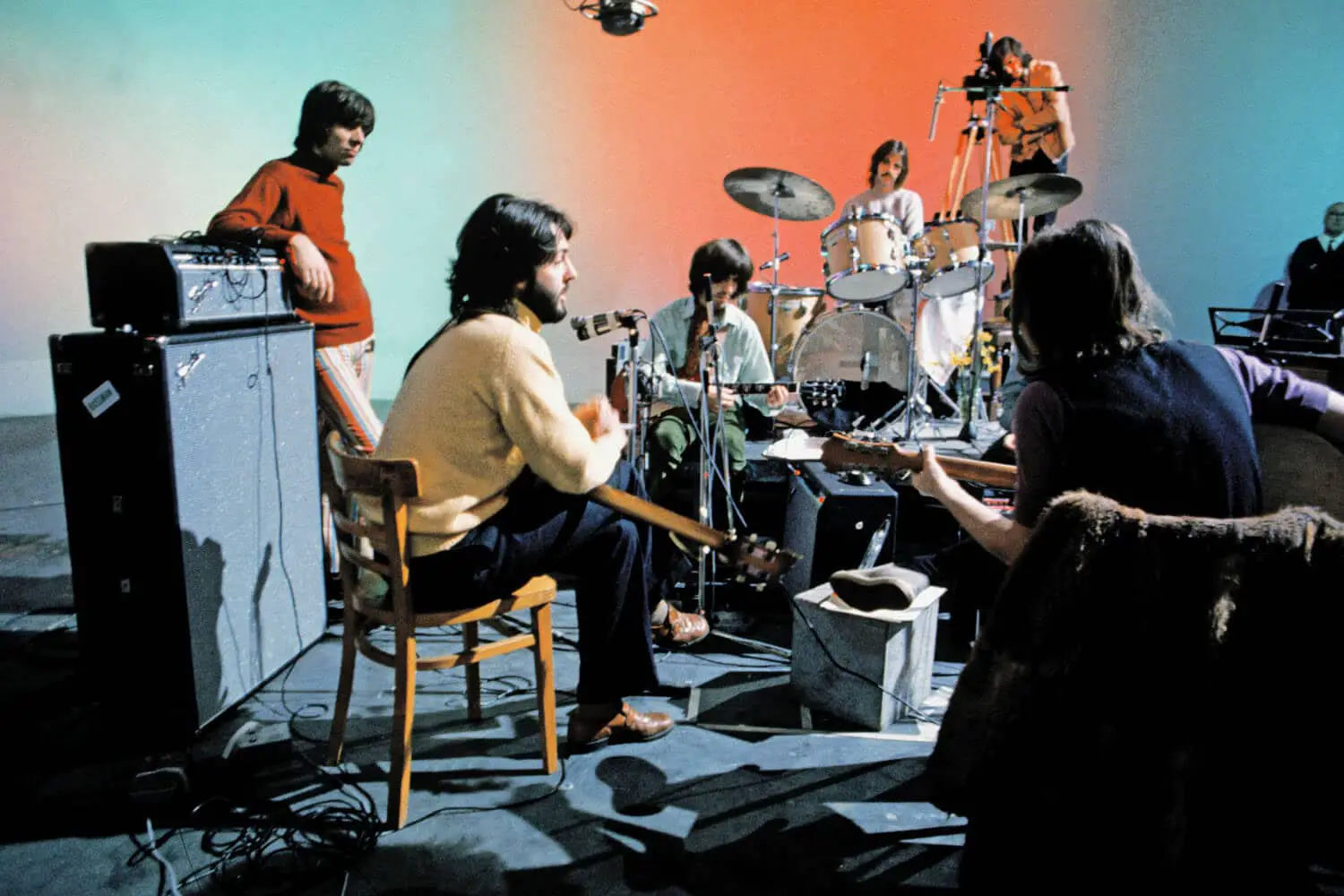

Seeing all of this footage is a revelation, not just for how it provides a necessary counter to the prevailing narrative, but also because the visuals look like a total dream, pristine, sharp and clear, with no fuzz or distortion. "Get Back," released in three parts, encompasses almost seven hours, and gives an extraordinarily intimate and complicated picture of that month, when the Beatles gathered first at Twickenham Studios (this was when they still thought they would be doing a television special), and then at the recently-constructed Apple Studio (and its famous roof). The Beatles fandom has been waiting for this moment for decades.
#The beatles get back paul mccartney plus
Peter Jackson's dream was to get his hands on all 60 hours of the original footage, plus the 150 hours of audio, to see what else might be there, what didn't make it into the depressing final cut. Life, of course, is complicated, and cannot be summed up in 80 fragmented minutes. The footage of the Let It Be sessions (what we have seen, at least, thus far) has stood as the final word for 50 years, evidence that the band that changed the world went out with a whimper, not a bang. The album of the same name-the Beatles' twelfth and final studio album-was released around the same time, and that, too, has a distinct thrown-together quality (but still! It's the Beatles! They always leave you with something!). It all culminates in the famous rooftop concert, with John, Paul, George and Ringo performing in the open air, like glorious wind-blown gargoyles hovering over the London streets. They sit holed up in separate corners, bickering, and there's a sense that things are falling apart, and none of them care to stop the disintegration. They all look so glum and serious, there's no sense of playfulness or even shared creativity. The overall result of the film is fairly grim, particularly for Beatles fans. Yoko Ono, present in every scene by Lennon's side, was reviled, and there are still people who think she is the reason the Beatles broke up. Because of that unfortunate bit of timing, the film was viewed not as a fascinating glimpse of four superstars in a working process, but almost entirely as foreshadowing, a retrospective portrait of the break-up as well as a commentary on "why" they went their separate ways. "Let It Be," the film patched together from the mounds of footage by director Michael Lindsay Hogg, was released in 1970, right after the Beatles broke up.


 0 kommentar(er)
0 kommentar(er)
